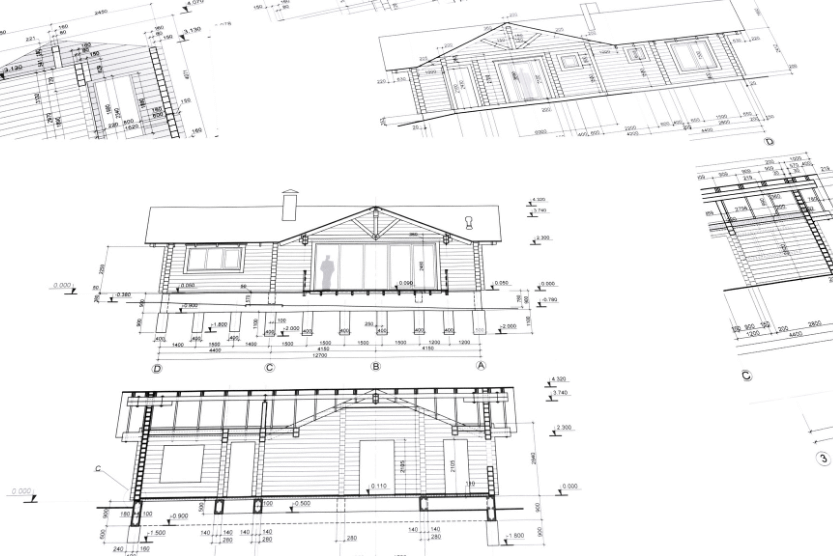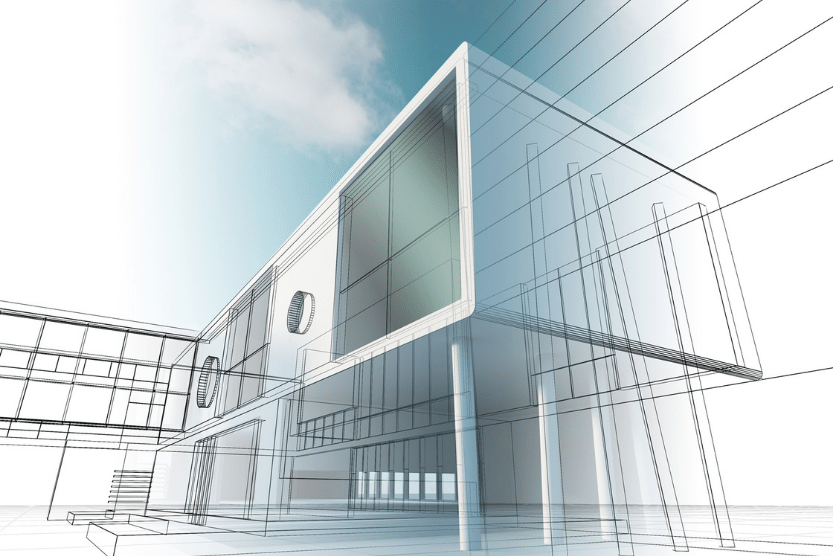The utility, effectiveness, and aesthetic appeal of structures are significantly influenced by construction design. From the early conceptualization of a project to the actual execution of architectural blueprints, it involves a wide range of factors. Construction design ensures that structures suit the numerous needs of residents while blending in with their surroundings by carefully combining many components such as space utilization, structural integrity, sustainability, and aesthetics. We shall examine the essential elements of construction design and the significance of including them in construction projects in this post.
1. The Importance of Construction Design:
Successful construction projects are built on the principles of Construction Design. A well-designed building maximizes the use of available space, encourages effective workflows, and improves the overall functionality of the structure. A well-thought-out construction plan also aids in reducing hazards, guaranteeing structural stability, and extending the life of the building.
Additionally, construction design is a vital instrument for accomplishing sustainability objectives. The environmental impact of buildings can be minimized, energy consumption can be decreased, and a more environmentally friendly future can be promoted by designers by including eco-friendly materials, energy-efficient systems, and sustainable construction methods.

2. Important Components of Construction Design
2.1 Space Management and Layout:
In construction design, making good use of available space is crucial. The intended use of each space within the structure must be taken into account by the designers, who must also make sure that it satisfies the practical needs of users. The design should make it easy for people to move about, allow for flexible use of space, and make it simple for those with disabilities to access areas. A comfortable and interesting workplace is created by utilizing space as efficiently as possible.
2.2 Structural Integrity:
A key factor in the design of buildings is structural integrity. Together, architects and engineers construct a sturdy framework that can support a variety of loads, including live loads (the weight of the occupants), dead loads (the weight of the building components), and natural forces (wind, earthquakes, etc.). The stability, security, and durability of the building are ensured by the incorporation of the proper structural components, such as columns, beams, and foundations.
2.3 Beauty and Appeal to the Eye:
In construction design, aesthetics are important in addition to practicality. The monetary value, user contentment, and general opinion of a structure can all be impacted by its aesthetic appeal. Designers take great care when choosing materials, colors, textures, and architectural elements to produce a unified and aesthetically pleasing place that complements the project’s goals and the surrounding area.
2.4 Sustainability and Environmental Considerations:
Sustainability has become an essential component of building design due to rising environmental concerns. By incorporating environmentally friendly techniques and materials, architects and designers work to reduce the carbon footprint of their creations. The use of green technologies, recycled or low-impact materials, effective water management techniques, and the integration of green spaces to improve biodiversity and air quality are a few examples of how this might be done.
3. The Function of Technology in the Design of Construction:
Technology developments have completely changed the construction design industry. A better way to visualize and communicate design concepts is through the use of computer-aided design (CAD) software, which enables architects and designers to produce precise and detailed 2D & 3D models. Building information modeling (BIM) improves collaboration amongst different stakeholders by combining design, construction, and operations data into a single digital platform.
In addition, virtual reality (VR) and augmented reality (AR) technologies let clients and designers virtually experience the proposed design, promoting improved decision-making and lowering the likelihood of expensive mistakes during the building process.
4. Case studies and new approaches to construction design:
Numerous well-known construction design projects have demonstrated creative strategies and stretched the limits of what is possible in terms of architecture. Examples include environmentally friendly constructions that incorporate passive design ideas like natural ventilation and daylighting as well as buildings built to endure harsh weather conditions like hurricanes or earthquakes.
Prefabrication and modular construction methods have also become more popular, which has shortened the construction process while maintaining quality and minimizing waste. Off-site manufacturing and on-site assembly are made possible by these cutting-edge techniques, leading to quicker project completion and less environmental impact.
Conclusion:
Functionality, aesthetics, sustainability, and structural integrity are all factors that must be balanced during the multifaceted process of construction design. Designers may create environments that improve productivity, comfort, and general well-being by adding these essential components to construction projects. Construction design is constantly changing, pushing the frontiers of innovation and sustainability with the help of technological breakthroughs. The construction industry may build a physical environment that satisfies modern requirements while protecting resources for future generations by embracing the design principles of construction.










